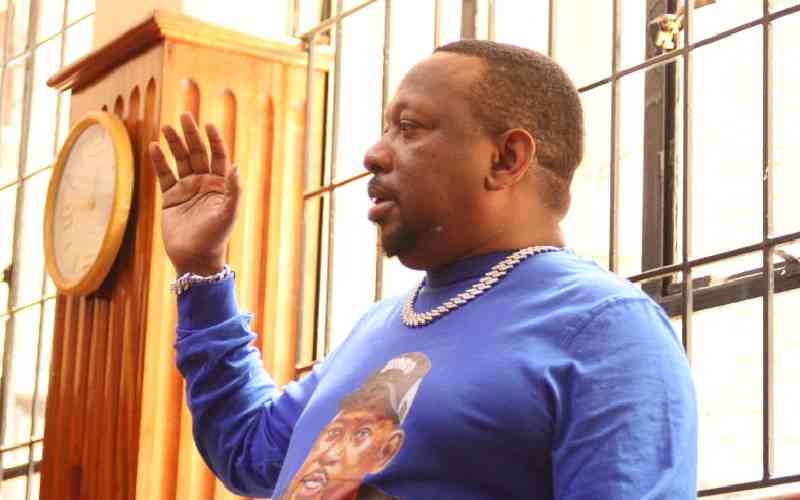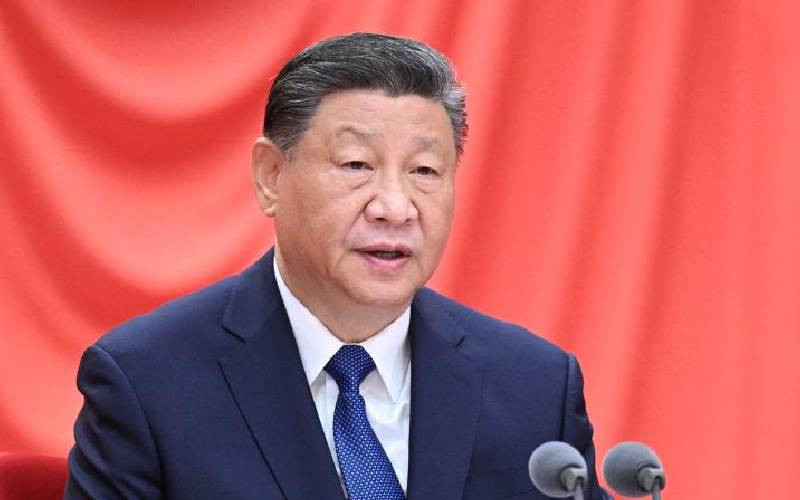The 2010 Constitution was meant to cure decades of entrenched polarisation due to extreme political divisions, entrenched corruption, uneven development, negative ethnicity, impunity and post electoral violence, among many other ills that had bedeviled our country since independence. When we ushered in the new Constitution on August 27, 2010, many Kenyans were hopeful that it would foster an era of greater solidary across many traditional fault lines such as ethnicity, tribalism, rich/poor, religious divides, highlanders versus lowlanders, and center versus peripheral regions or counties.
Indeed, the 2010 Constitution was regarded as an empowering document by Kenyans as it had created awareness among them for their rights and responsibilities as citizens, created a vision for the kind of country they envisaged for themselves and their children’s children. It was also a transformative document in that Kenya had just emerged from a dangerous post-election violence, hence Kenyans were searching for an alternative path for a peaceful and prosperous coexistence among their diverse communities. Finally, Kenyans wanted economic growth, an enabling environment for the realisation of a prosperous Kenya, hence the new Constitution created an alternative vision for them.
Today many Kenyans are asking whether the Constitution has exacerbated the existing divisions or created new ones. The jury is out there but one can guess that the responces will largely mirror the above fault lines and may depend on many other factors as well.
Many Kenyans had initially, in the first three years, believed that the 2010 Constitution promoted a greater sense of solidarity, shared fate and prosperity for all, but those gains have slowly disappeared 10 years down road of implementation. Today it appears that the Constitution per se was not enough to usher in a new era of unity, cohesion and economic prosperity. In fact, Kenyans today are more pessimistic and disillusioned about the future of the country than they were between 2010 and 2013.
What went wrong? Where and when did the rain start beating us?
First, the implementation of the Constitution was entrusted to a leadership that did not believe in it, hence saw no reason to breathe life into it. President Uhuru Kenyatta and Deputy President William Ruto, the leaders of the Jubilee administration that inherited the mantle of leadership from the Kibaki government, were hesitant campaigners in the referendum to promulgate the 2010 Constitution, with Ruto actually leading the “No” campaign. Those who campaigned for the Constitution were left out in the cold never to fully participate in its implementation or enjoy its fruits.
Thus, many of the crucial ideas in the Constitution were outrightly either ignored, bended or misinterpreted to suit the incoming administration’s desires. For example, Chapter Six of the Constitution that enshrined leadership criteria and qualities was completely ignored by all enforcement agencies such as IEBC, KRA and National Police Service (NPS) to the extent that these supposedly independent institutions allowed corrupt individuals, known criminals with court cases and fraudsters to vie for leadership positions. And the whole essence of leadership was completely lost.
Secondly, the Bill of Rights, an important element of the Constitution was selectively implemented at best and at worst never enforced by the implementing agencies simply because there were no consequent enabling Acts of Parliament. The rights that were trampled over the years include the right to access information held by the Government, human rights abuses such as torture and extra judicial disappearance while in un/lawful detention and mega economic crimes committed by known individuals who are never charged.
Corruption has really eaten the fabric of our society and made it impossible for the Constitution to be fully implemented because many of the enforcing agencies are not well funded to combat it.
As we mark the 10th anniversary of the Constitution, Kenyans need to reflect and breath life into the document by acknowledging that the sovereignty of the country comprises both the people and the land. Without Kenya’s land, there will be no country and likewise without people.
Hence, as the debate on CRA rages, let us have sobriety to discuss this weighty issue so that Kenya can develop its landmass, especially those areas and regions that were ignored in the past by successive colonial and post-colonial administrations. This will enable excess populations to migrate/settle in those less populated regions with the potential to soar in development. This is alternative vision Kenyans crafted in the 2010 Constitution.
- The writer is a former member of Committee of Experts (CoE)
 The Standard Group Plc is a
multi-media organization with investments in media platforms spanning newspaper
print operations, television, radio broadcasting, digital and online services. The
Standard Group is recognized as a leading multi-media house in Kenya with a key
influence in matters of national and international interest.
The Standard Group Plc is a
multi-media organization with investments in media platforms spanning newspaper
print operations, television, radio broadcasting, digital and online services. The
Standard Group is recognized as a leading multi-media house in Kenya with a key
influence in matters of national and international interest.
 The Standard Group Plc is a
multi-media organization with investments in media platforms spanning newspaper
print operations, television, radio broadcasting, digital and online services. The
Standard Group is recognized as a leading multi-media house in Kenya with a key
influence in matters of national and international interest.
The Standard Group Plc is a
multi-media organization with investments in media platforms spanning newspaper
print operations, television, radio broadcasting, digital and online services. The
Standard Group is recognized as a leading multi-media house in Kenya with a key
influence in matters of national and international interest.








